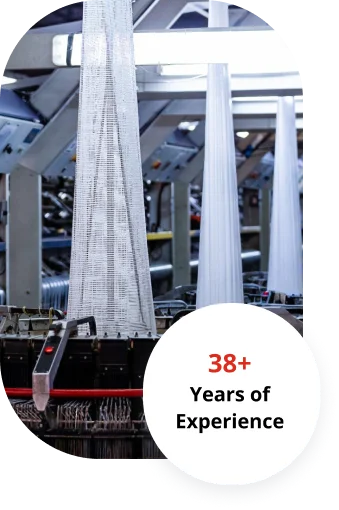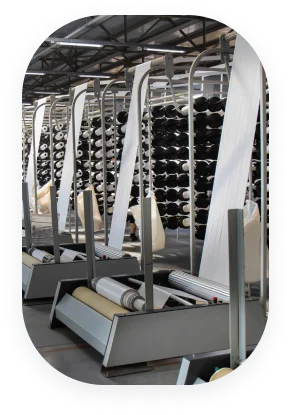
Lighthouse ERP
Plastics Woven Sack Industry
Simple to Use
Easy to Implement
Flexible to Customized Solution

Managing the manufacturing process in the plastics woven sack industry is far from simple. Every step, from weaving and tape extrusion to cutting, sewing and final finishing, requires precise resource allocation, scheduling, and coordination. Delays, poor quality, and production losses are frequently the outcome of each department operating independently or using manual procedures. When managing high order difficulties become even more important.
Unlike generic software systems, sales order, inventory, dispatch schedules, and procurement are all included in a single digital framework by a customized ERP system for FIBC and woven sack manufacturing. By facilitating cross-departmental data sharing, it breaks down silos, automates tedious tasks, and identifies process delays before they result in losses. It gives manufacturers the opportunity to meet deadlines without sacrificing quality or revenue through features like delivery tracking, machine performance monitoring and waved sack production planning.
Lighthouse ERP for plastics Woven sack and FIBC bag industry is a perfect erp for manufacturing industry designed with deep industry insights gathered over decades. Continuously updated since 1987, Lighthouse offers a reliable, scalable, and highly configurable plastic bag production ERP that aligns with dynamic market needs. With robust automation, actionable analytics, and strong domain expertise, Lighthouse ERP helps woven sack manufacturers streamline operations and stay ahead in a competitive production environment.

Managing tape extrusion, weaving, printing, and stitching causes coordination problems, delays, and inconsistencies in quality so a modern erp system is needed.
In the absence of real-time visibility, machine and personnel allocation results in idle time, overutilization, or inefficient deployment of skill levels.
FIBC bag manufacturing requires constant changes in design, which is hard to handle without computerized BOMs associated with sales orders.
Inability to track HDPE, PP granules, liners, and film in real time results in raw material shortages or overstocking at a high cost so inventory management becomes crucial.
Repeated rejections at lamination and stitching levels remain unmonitored, making it difficult to detect the pattern of defects or reduce wastage.
Delays in production frequently derail delivery commitments, particularly for export orders, because there are no predictive warning signals.
Lighthouse ERP maps the full woven sack manufacturing cycle, synchronizing all processes on a single platform for real-time updates.
The production module of ERP increases shop floor productivity by suggesting job-machine-operator pairings based on worker competencies and live machine status.
The FIBC ERP module makes it possible to create a BOM dynamically for each order, guaranteeing precise procurement and smooth personalized task execution.
Automated procurement triggers combined with lot-wise inventory control guarantee raw material availability without overstocking.
Built-in QC checkpoints record rejection metrics and error causes at every level, cutting down on waste and raising standards.
In order to fulfill deadlines and optimize logistics, the ERP’s dispatch dashboard automatically modifies itself based on real-time production data.
Create accurate production plans using a multi-level Bill of Materials, covering finished and semi-finished goods.
Auto-generate material requisitions based on real-time production schedules and demand forecasts.
Generate production orders directly from sales orders, enabling item-wise and semi-finished goods planning.
Log, monitor, and analyze machine downtime to identify patterns and improve equipment efficiency.
Track mould lifespan, usage cycles, and calculate amortized costs for better pricing accuracy.
Calculate production costs including power usage, contractor wages, and both fixed and variable overheads.
Monitor raw material usage across processes with variance analysis to reduce wastage and overuse.
Get a real-time overview of machine status, capacity utilization, and shift-wise productivity.
Plan production daily, weekly, or monthly item-wise or plant-wise for complete control over output.